BoJ raised its uncollateralized overnight call rate by 25bps to 0.50% as widely expected, marking the highest level since 2008. The decision, made by an 8-1 vote, saw dissent from board member Nakamura Toyoaki, who advocated for a delay until March.
In the new economic projections, core CPI forecasts were significantly revised upward from 1.9% to 2.4% for fiscal 2025, and slightly from 1.9% to 2.0% for fiscal 2026. Core-core CPI (excluding energy and fresh food) forecast was also raised from 1.9% to 2.1% for fiscal 2025, remaining unchanged at 2.1% for fiscal 2026. Real GDP growth projections were left steady at 1.1% for fiscal 2025 and 1.0% for fiscal 2026.

At the post-meeting press conference, Governor Kazuo Ueda downplayed the sharp inflation forecast revisions, stating, “The rise in underlying inflation is moderate. I don’t think we are seriously behind the curve in dealing with inflation.”
He reiterated the importance of a gradual approach to policy adjustments, and there no “preset idea” on the timing and pace of rate hikes. He also highlighted the estimated neutral range of 1%-2.5%, emphasizing that the current rate of 0.5% still has “some distance” to reach neutral.
Also released, CPI core (ex-food) jumped from 2.7% yoy to 3.0% yoy in December, marking the highest rate in 16 months. CPI core-core (ex-food & energy) was unchanged at 2.4% yoy. Headline CPI rose from 2.9% yoy to 3.6% yoy.
Full BoJ statement and outlook for economic and prices.


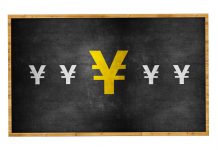
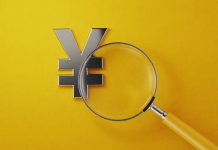

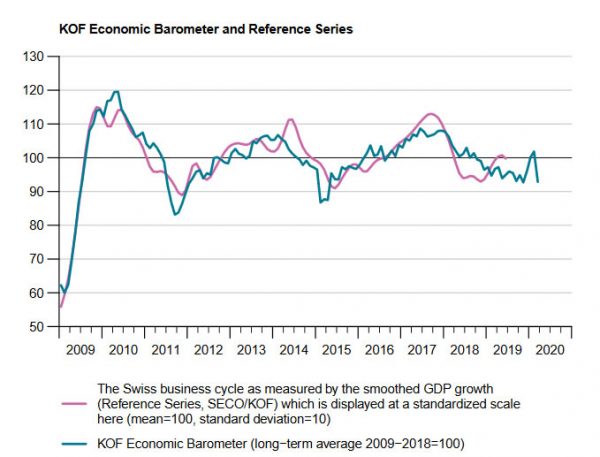
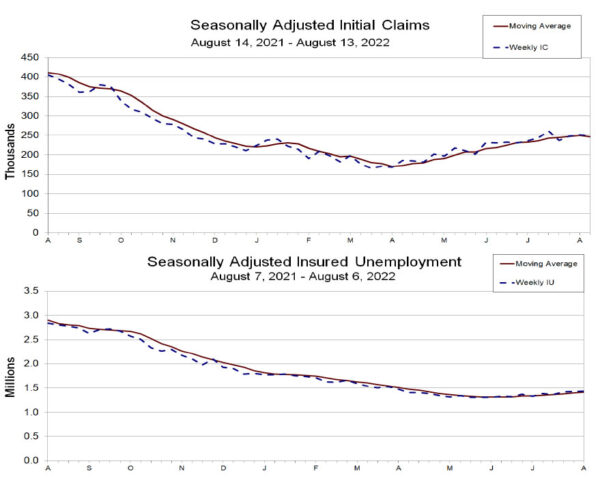
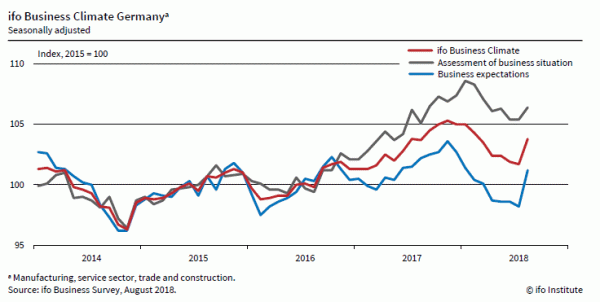
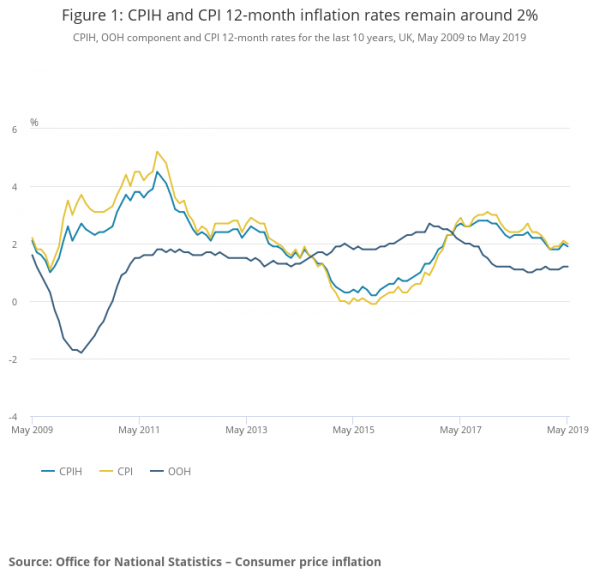
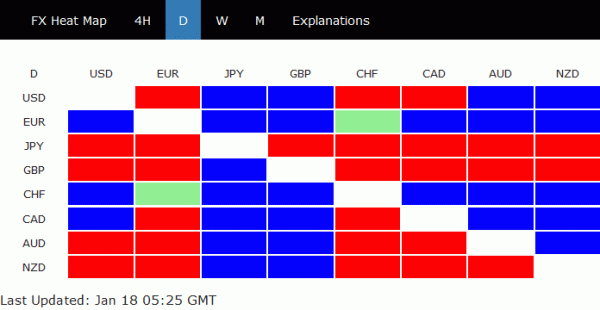
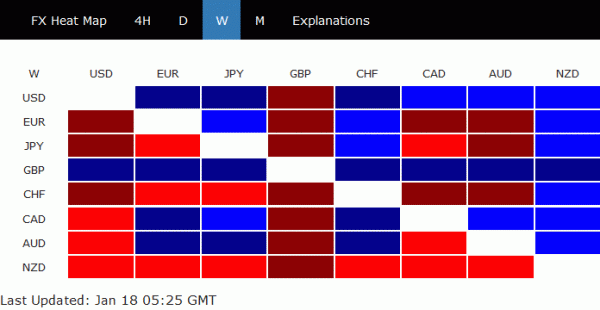
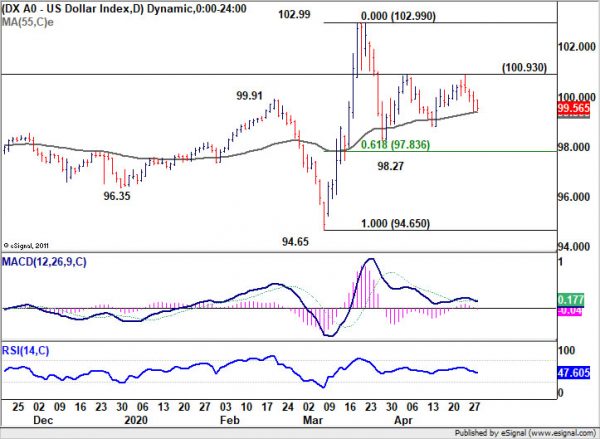
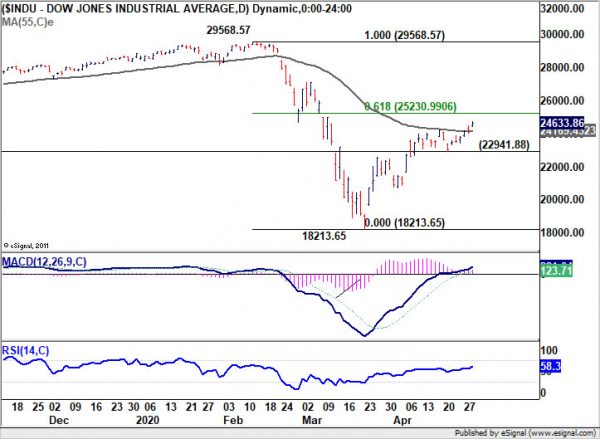




UK unemployment unchanged at 4.2%, Sterling ignores wage growth miss
UK claimant count dropped -7.7k in May, better than expectation of 11.3k rise.
Unemployment rate was unchanged at 4.2% 3 months to April, met expectation.
Average weekly earnings, including bonus, slowed to 2.5% 3moy in April, below expectation of 2.6% 3moy. Prior month’s reading at 2.6% 3moy.
Average weekly earnings including bonus slowed to 2.8% 3moy, below expectation of 2.9% 3moy. Prior month’s reading at 2.9% 3moy.
At the time of writing, Sterling shrugs off the weaker than expected wage growth and strengthens against Dollar and Yen.